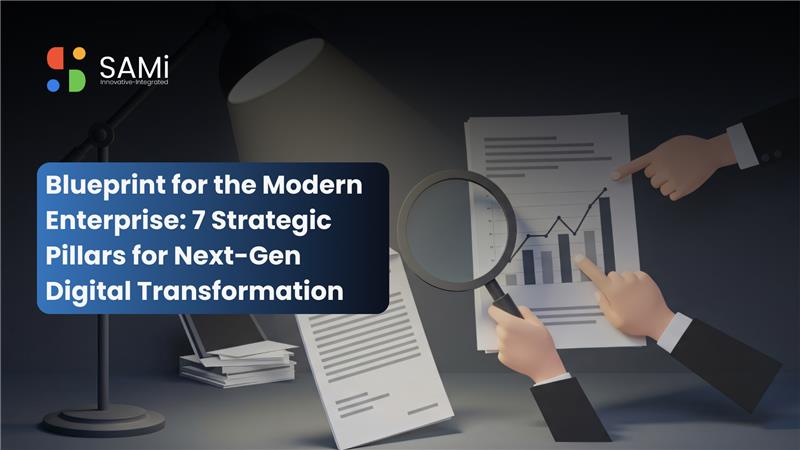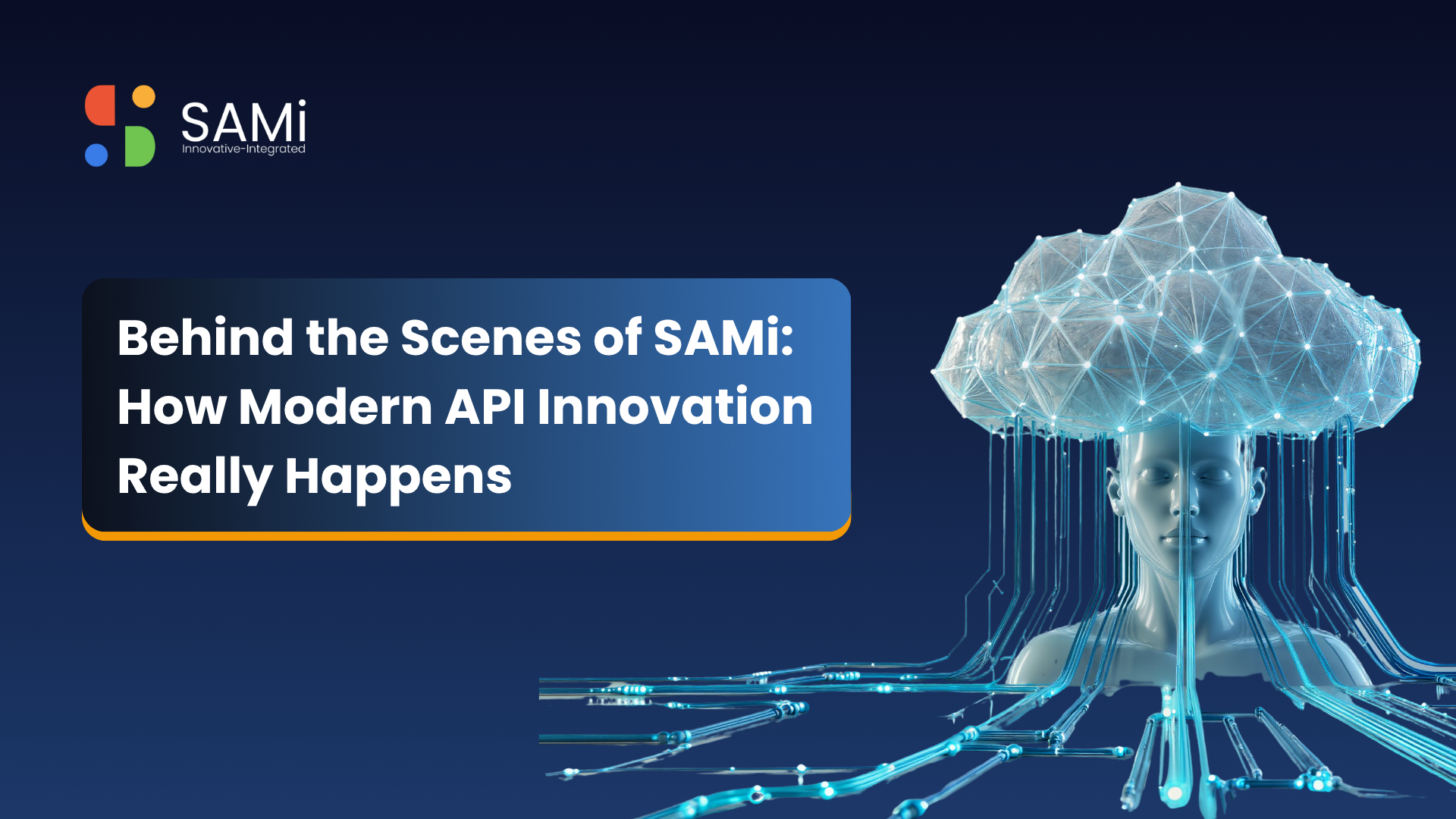1. The Unspoken Crisis of Enterprise Digital Fragmentation
The modern enterprise has spent the last decade in a state of perpetual digital transformation. Trillions of dollars have been invested, and countless initiatives launched, all aimed at achieving the elusive goal of agility, speed, and customer-centricity. Yet, for many Chief Technology Officers (CTOs) and Chief Information Officers (CIOs), the reality is a persistent, gnawing frustration: despite the investment, the pace of innovation remains sluggish, and the cost of change continues to climb.
This paradox is not a failure of effort, but a failure of architecture. The enterprise has successfully digitized its components it has microservices, cloud infrastructure, and a burgeoning API ecosystem. But it lacks a cohesive, central nervous system to govern, connect, and mobilize these assets at scale. The result is digital fragmentation: a sprawling, bespoke collection of disparate tools, unmanaged interfaces, and inconsistent developer experiences that act as a systemic drag on value creation.
Consider the enterprise as a high-performance engine. It has all the necessary parts—the pistons, the fuel injectors, the transmission—but it is running on a fragmented, bespoke operating system. Every new feature requires a custom patch, every integration is a one-off project, and every security update is a manual, high-risk endeavor. This is the reality of the Modern enterprise architecture today, and it is the single greatest bottleneck preventing organizations from realizing the full promise of their digital investments.
2. The Architecture of Constraint: Why Modernization Efforts Stall
The current state of enterprise IT is characterized by three critical deficits that undermine strategic goals:
-
The Paradox of the API Economy
APIs were introduced to liberate data and functionality, enabling seamless integration and accelerated development. However, without a unified control plane, this liberation has often devolved into chaos. The proliferation of unmanaged or “shadow APIs” creates a massive surface area for security vulnerabilities and introduces significant operational risk. Furthermore, inconsistent design standards and poor documentation transform potential assets into liabilities. The promise of the API productization model—where internal capabilities are exposed as consumable, value-generating services—is lost in a swamp of inconsistent API governance. The technical debt associated with managing this complexity rapidly outpaces the value generated by the APIs themselves.
-
The Developer Experience Deficit
For the modern developer, the process of building a new digital product is an exercise in context switching and friction. They must navigate a maze of internal systems to find the right service, understand its documentation, request access, and ensure compliance. This high cost of context switching is a direct tax on innovation velocity. A developer’s time is spent searching and integrating, rather than creating. The lack of a centralized, intuitive Developer portal—a single pane of glass for all digital assets—means that the enterprise is failing to treat its internal developers as its most valuable customers. The result is slow time-to-market and a significant drain on high-value engineering talent.
-
The AI Adoption Infrastructure Gap
The next wave of competitive advantage will be driven by enterprise-wide AI adoption platform initiatives. Yet, the current fragmented architecture is fundamentally ill-equipped to support this shift. AI models require consistent, high-quality data streams and a governed, secure environment for deployment and monitoring. When APIs are inconsistent and data sources are siloed, the foundation for reliable AI is compromised. Enterprises are finding that their legacy systems and fragmented integration layers lack the necessary abstraction and governance to safely and effectively scale AI across mission-critical functions. The digital transformation journey cannot progress to its AI-driven future without first solving this architectural challenge.
3. SAMi: The Digital Operating System for Enterprise Value Creation
SAMi is not a new layer of complexity; it is the strategic simplification layer. It is the Enterprise unified digital portal the foundational operating system that unifies the fractured digital estate into a cohesive, product-centric platform.
If the enterprise is a city, SAMi is the municipal infrastructure, the roads, power grid, and zoning laws that enables all commerce and life to flow efficiently. It abstracts the complexity of the underlying legacy systems and cloud environments, providing a single, governed environment for the entire Digital product lifecycle.
SAMi’s core value proposition is the transformation of technical assets into business products. It shifts the focus from managing technology to managing value. By providing a single, unified environment, SAMi accelerates the journey from idea to market, ensuring that every digital asset is discoverable, governed, and monetizable.
4. The SAMi Value Engine: Capabilities for Strategic Advantage
SAMi’s architecture is built around six core capabilities that collectively form the backbone of a unified digital operating system:
-
Unified DevHub & Sandbox: The Engine of Internal Productization
SAMi’s Unified DevHub & Sandbox is the ultimate Developer portal. It transforms the internal developer experience by providing a single, intuitive interface for discovering, testing, and consuming all internal and external APIs and digital assets. This is where the enterprise’s capabilities are exposed as first-class products. By offering a consistent, self-service environment, SAMi drastically reduces the time required for developers to onboard new services, accelerating the velocity of internal teams and fostering a culture of true internal API productization.
- Strategic API Productization and Monetization
SAMi moves APIs beyond mere technical integration points and positions them as revenue-generating products. It provides the tools necessary to manage the full Digital product lifecycle of an API, including:
- Subscription Management: Defining and enforcing tiered access models (e.g., free, premium, enterprise).
- Monetization: Tracking usage, billing, and revenue attribution, directly linking technical consumption to business outcomes.
- Marketplace: A public or private marketplace where business units can discover and subscribe to internal or external services, fostering a true internal market for digital capabilities.
-
Centralized API Governance and Compliance
Effective API governance is the non-negotiable foundation of enterprise scale. SAMi shifts governance from a reactive, policing function to a proactive, automated enabler. It enforces consistency in design standards, security protocols, and regulatory compliance (e.g., GDPR, CCPA) at the gateway level. This centralized control ensures that as the API ecosystem grows, the risk profile does not. It provides the necessary guardrails for rapid innovation, allowing teams to move fast while remaining compliant.
-
Advanced Analytics and Observability
A digital operating system must provide real-time intelligence on its performance. SAMi offers a comprehensive suite of analytics that moves beyond simple uptime monitoring. It provides deep insights into:
- Business Value: Which APIs are driving the most revenue or cost savings?
- Developer Adoption: Which internal teams are consuming which services, and how efficiently?
- Performance and Risk: Real-time visibility into latency, error rates, and security threats across the entire Enterprise unified digital portal.
-
AI Service Abstraction and Governance
SAMi acts as the crucial abstraction layer for enterprise AI. It allows AI models whether for fraud detection, personalized recommendations, or operational efficiency to be exposed as governed, versioned APIs. This capability is essential for any enterprise-wide AI adoption platform. By standardizing access to AI services, SAMi ensures that models are consumed securely, monitored for drift, and can be updated without breaking dependent applications, accelerating the safe and scalable deployment of Generative AI across the organization.
-
Asset Management and Modern Enterprise Architecture
At its core, SAMi enables a truly Modern enterprise architecture by providing a single source of truth for all digital assets. It decouples services from underlying infrastructure, allowing the enterprise to modernize its legacy systems incrementally, without disrupting the consumer experience. This approach mitigates the “big bang” risk of wholesale replacement and allows for continuous, low-risk evolution.
-
Transformation Outcomes: The Strategic Dividends of Unification
The implementation of a unified digital operating system like SAMi yields measurable, strategic dividends across the enterprise:
| Strategic Dividend | Before SAMi (Fragmentation) | After SAMi (Unification) | Outcome Metric |
| Speed | Months of integration time due to siloed discovery and bespoke access requests. | Weeks to deploy new digital products via self-service DevHub and standardized APIs. | Time-to-Market (TTM) reduced by 40-60%. |
| Scale | Innovation is confined to isolated pockets; new projects require re-solving common problems. | Capabilities are instantly reusable and discoverable across the entire organization. | Innovation Velocity increased by 3x. |
| Governance | Reactive security patches and manual compliance checks on individual APIs. | Proactive, automated API governance enforced at the platform level. | Risk Profile significantly lowered; compliance costs optimized. |
| Monetization | APIs are cost centers; value is indirect and hard to measure. | APIs are revenue drivers; clear usage metrics link technical assets to business P&L. | API Productization revenue stream established. |
-
Beyond the Horizon: The Future of the Digital Enterprise
The journey of digital transformation is fundamentally a journey toward becoming a software-defined business. The next decade of enterprise competition will not be won by those with the most data, but by those with the most effective operating system to mobilize it.
SAMi represents the necessary evolution from a collection of fragmented IT projects to a cohesive, product-centric digital business. It is the strategic platform that enables the CTO to shift from being a manager of complexity to an architect of value. It is the foundation upon which the enterprise can safely and rapidly build its AI-driven future.
The question is no longer if your enterprise needs a unified digital operating system, but when you will begin the strategic implementation. The cost of continued fragmentation is measured not just in dollars, but in lost market share and foregone innovation.
To explore how a unified Enterprise unified digital portal can accelerate your strategic objectives and unlock the full potential of your Modern enterprise architecture, we invite you to engage in a strategic dialogue with our advisory team.




